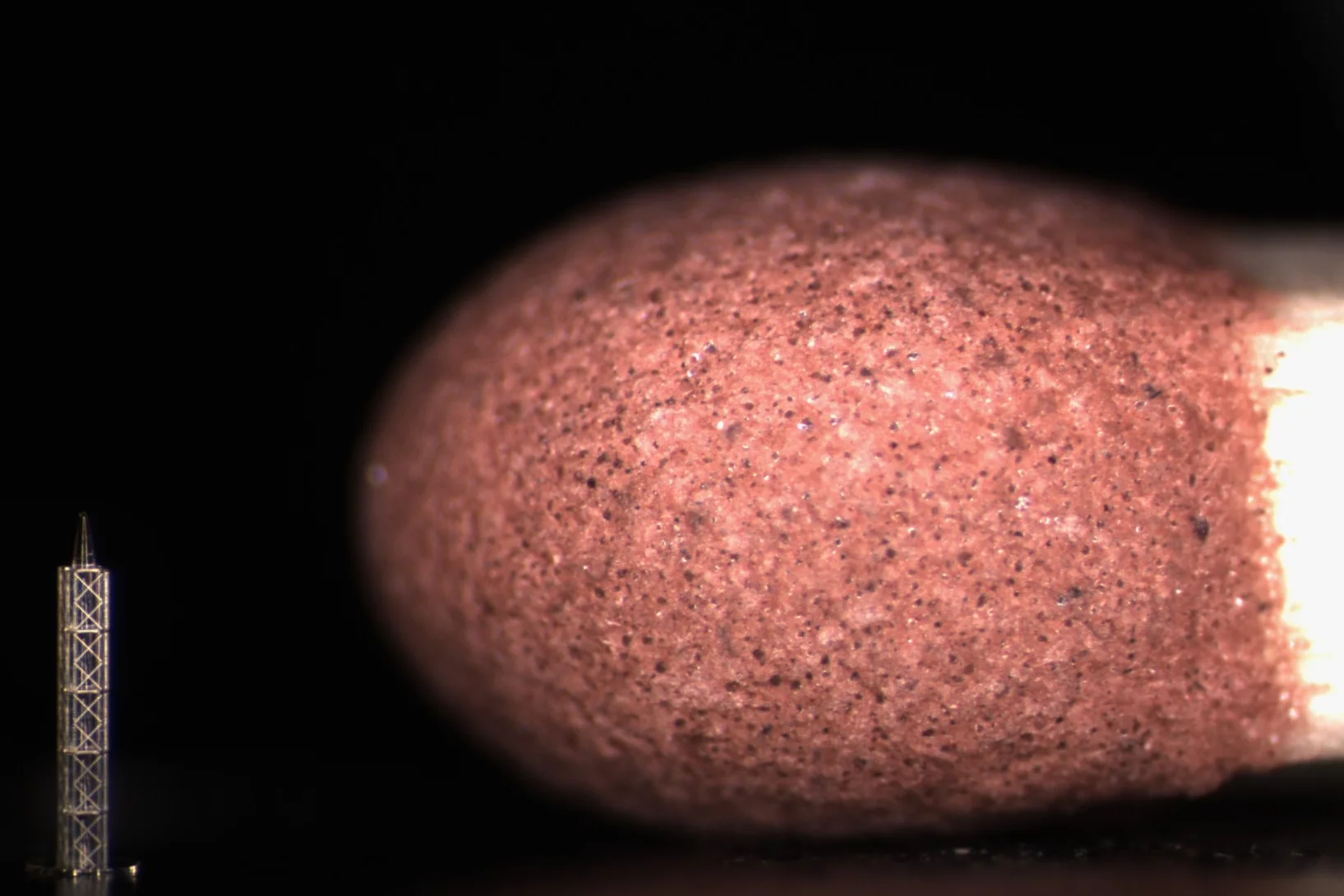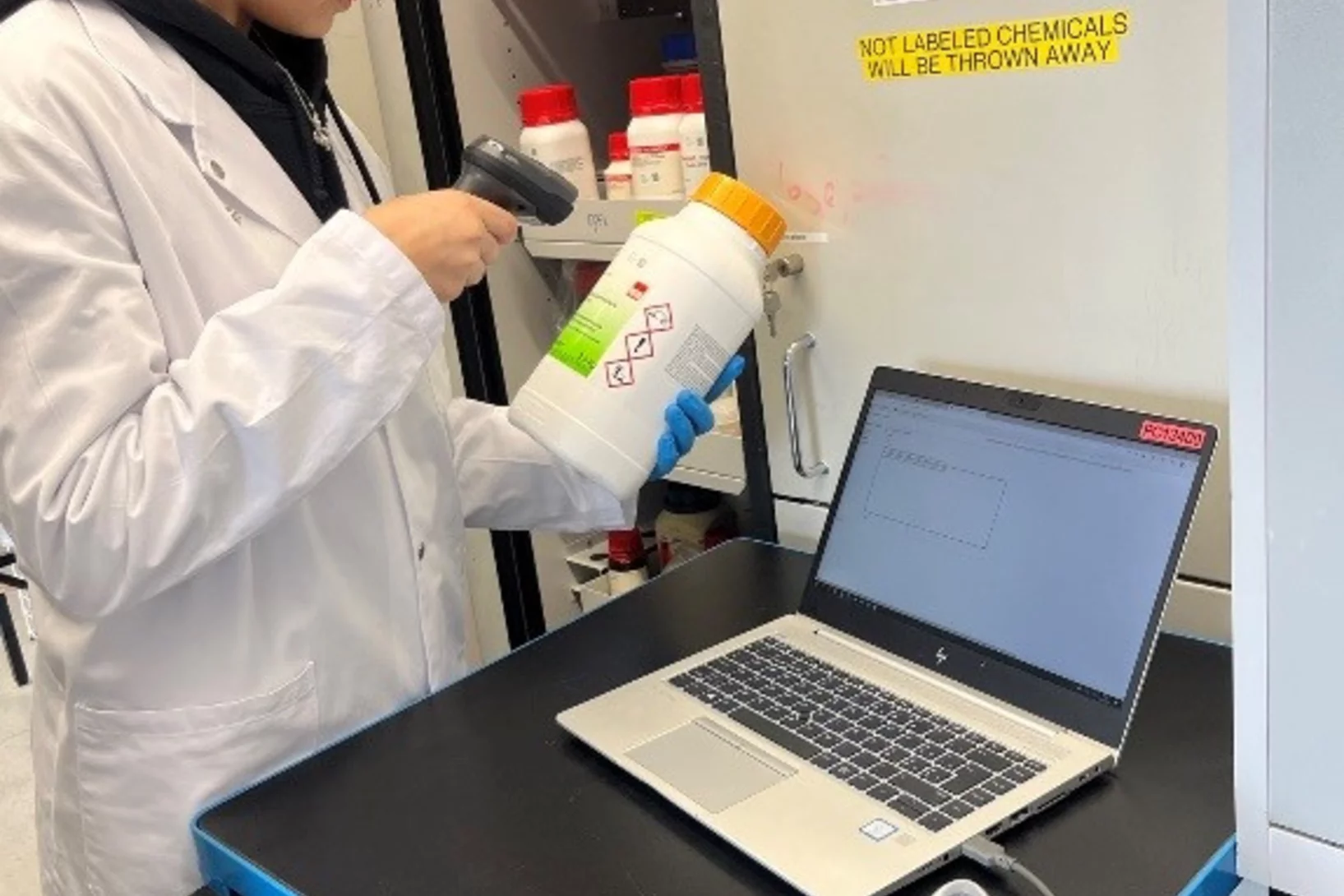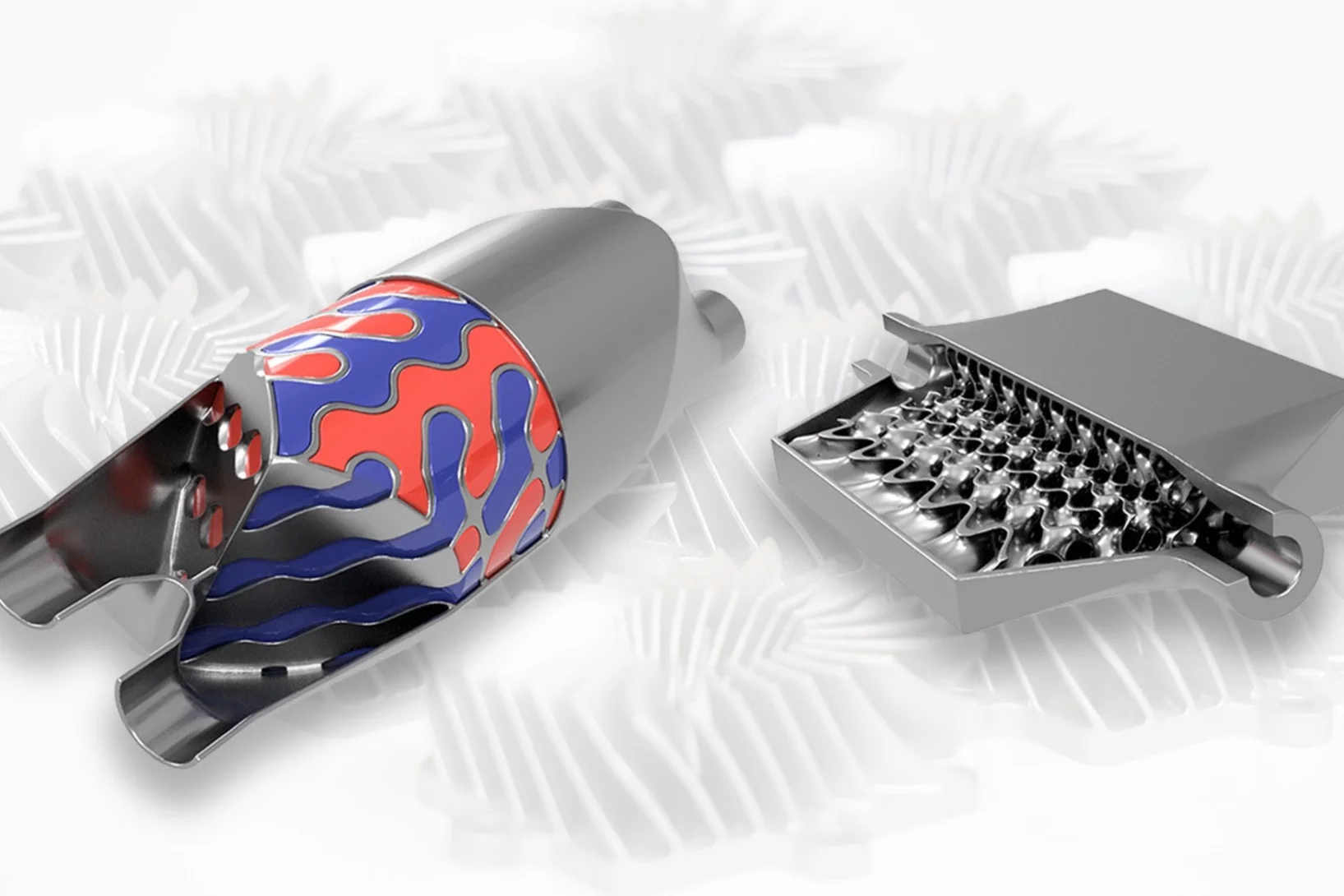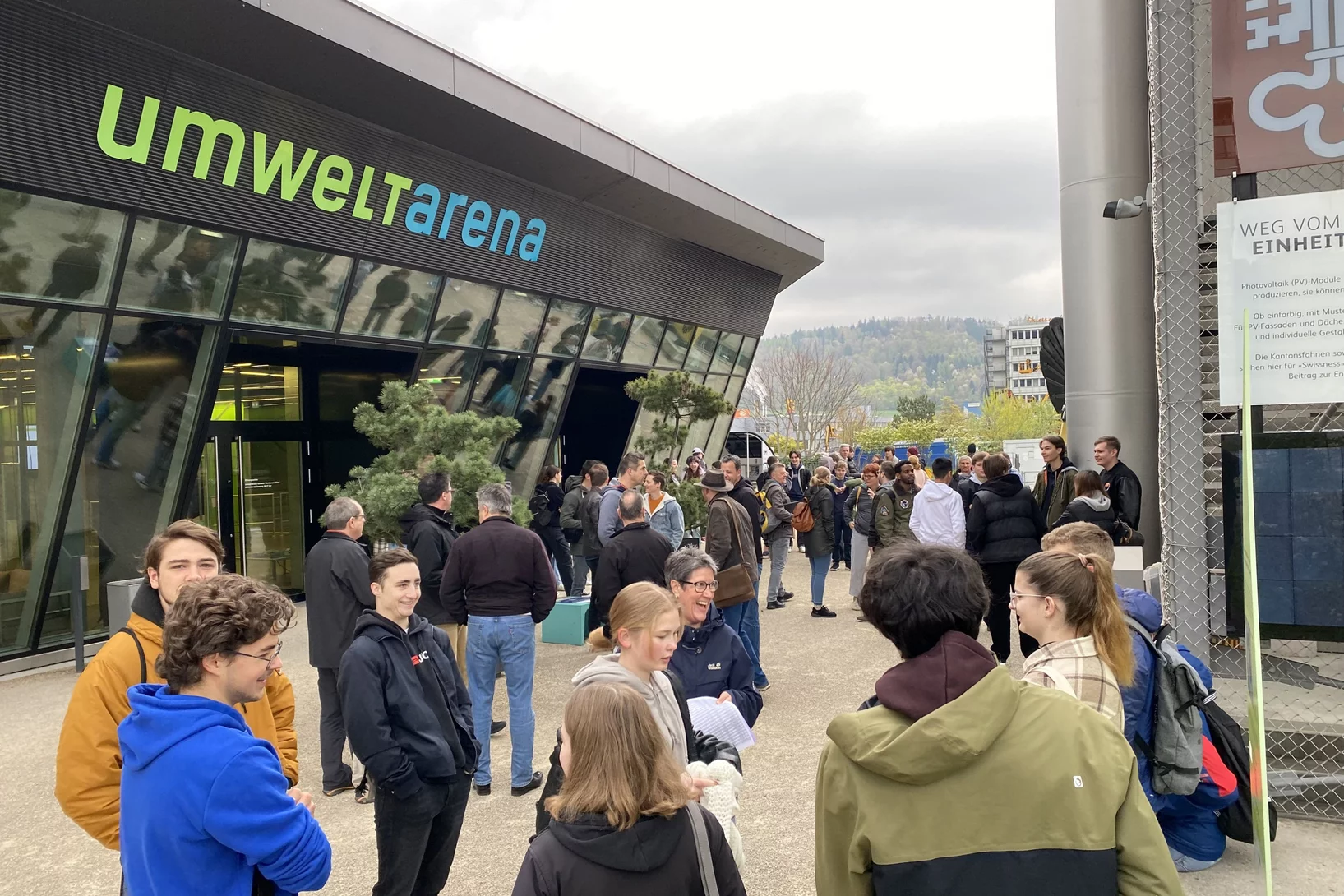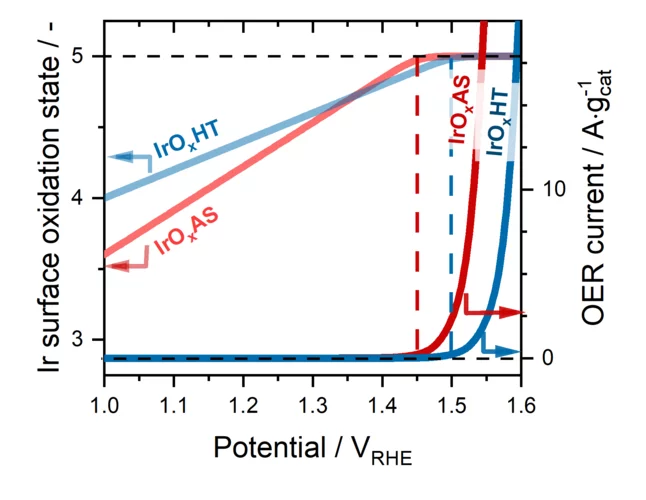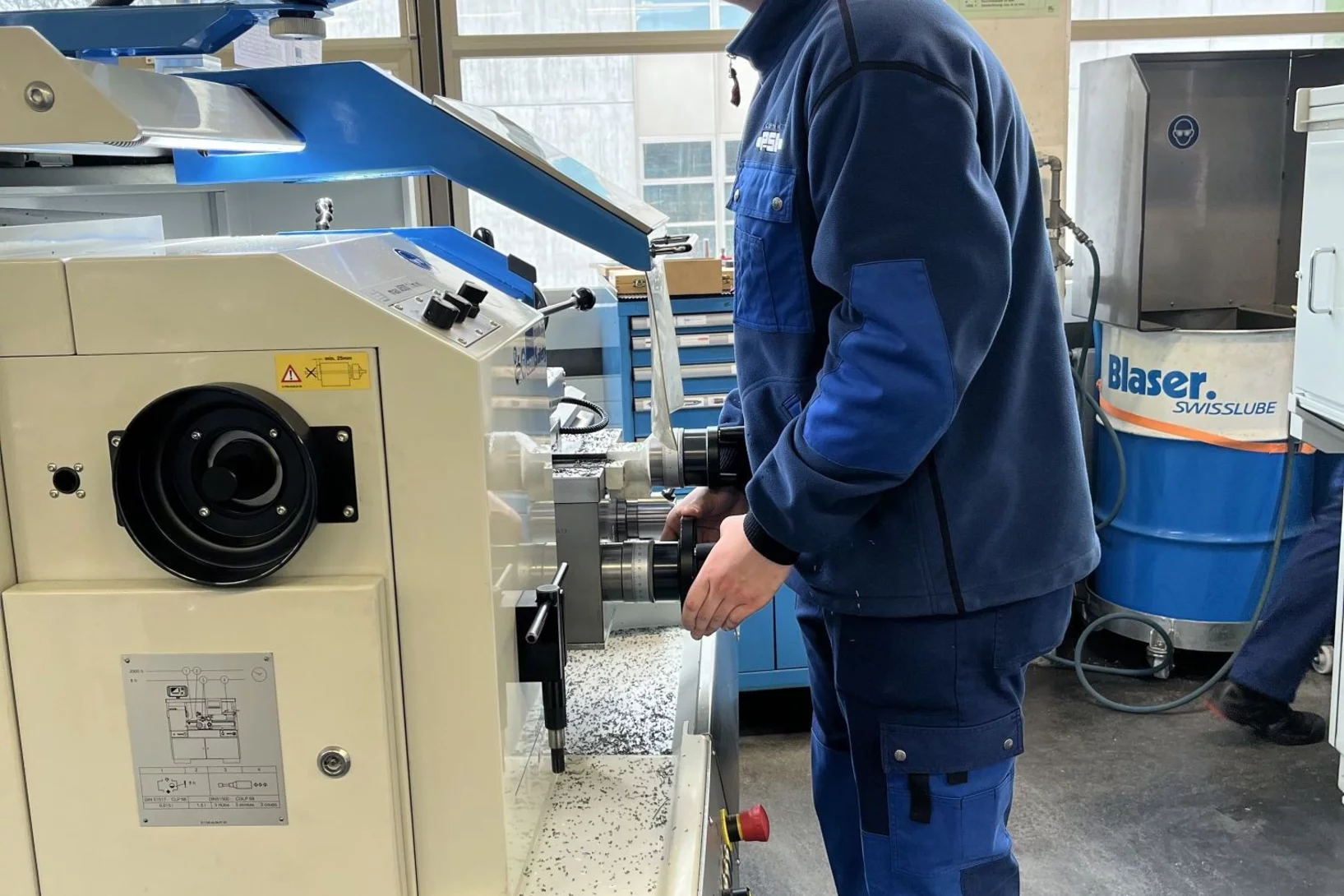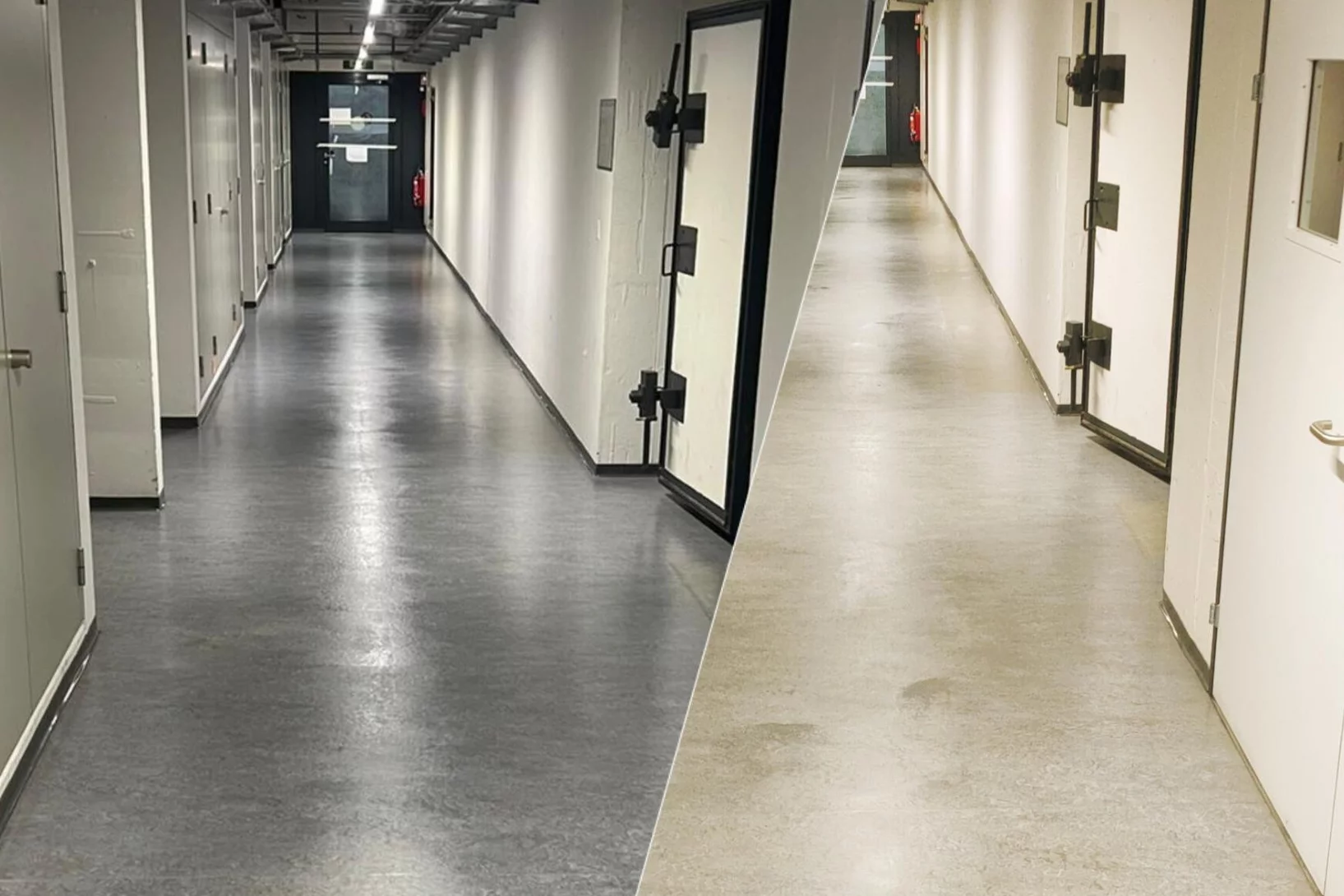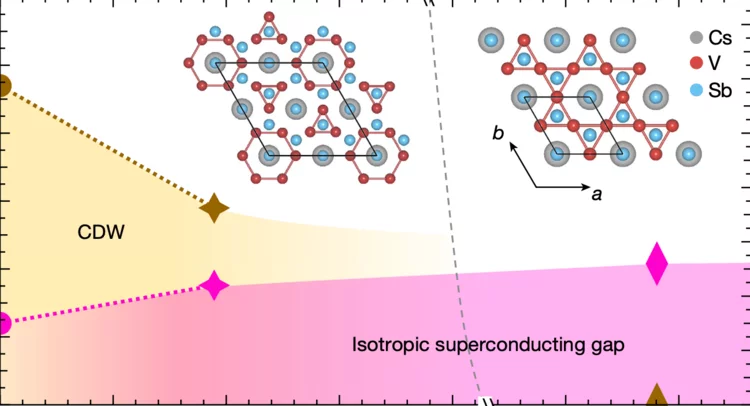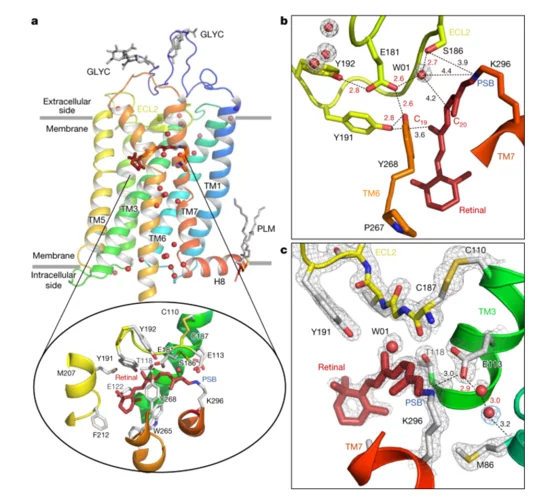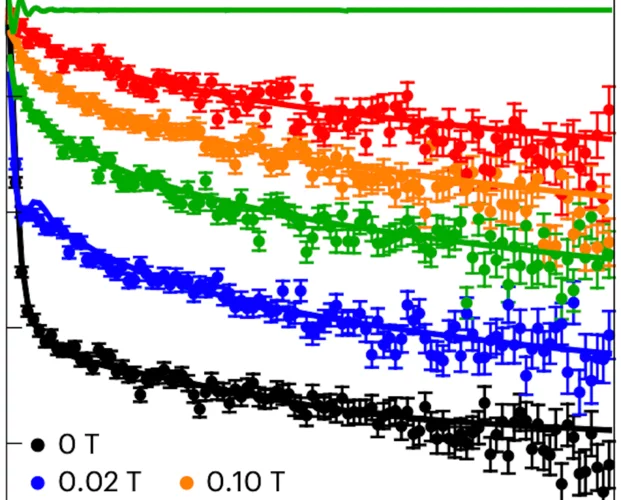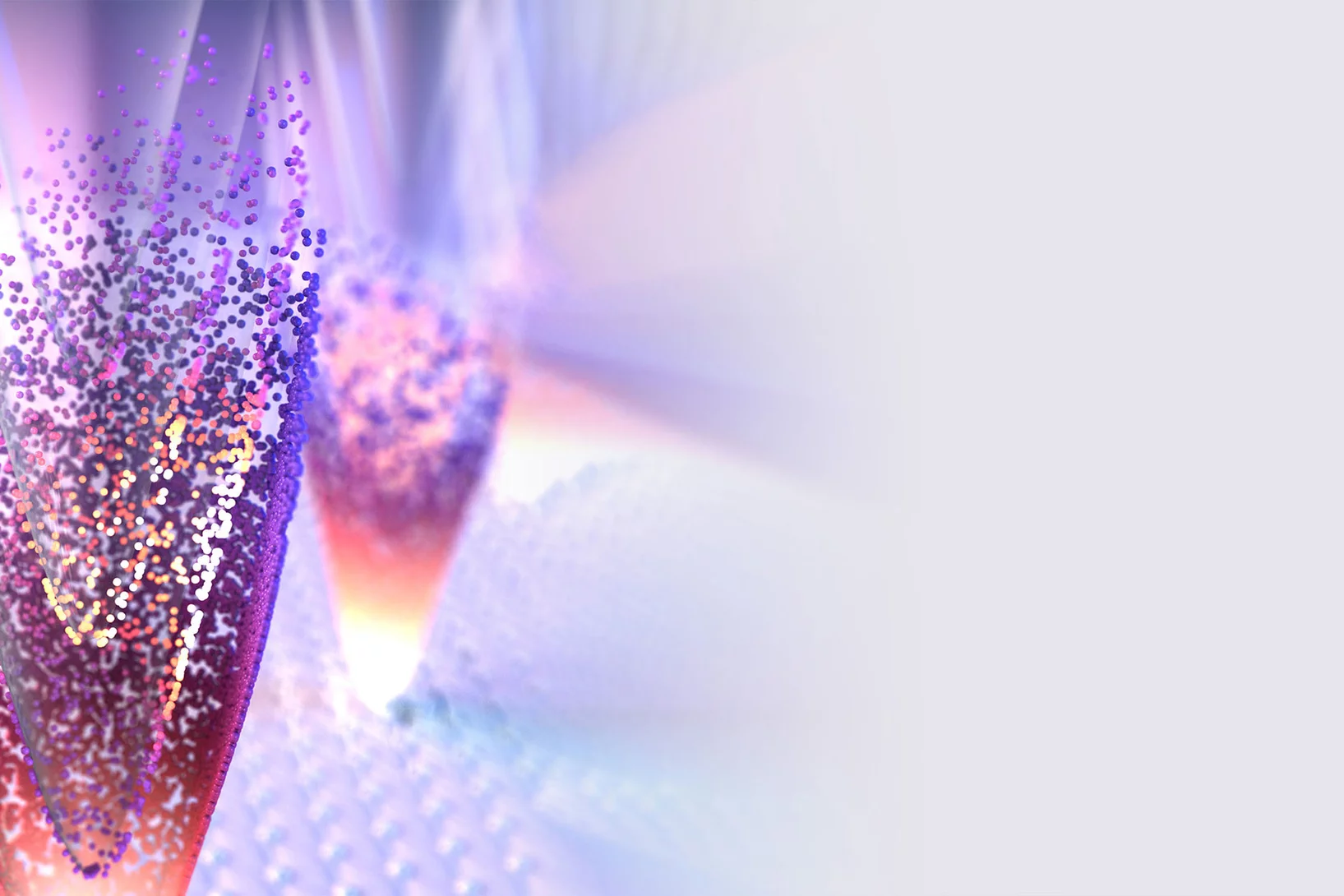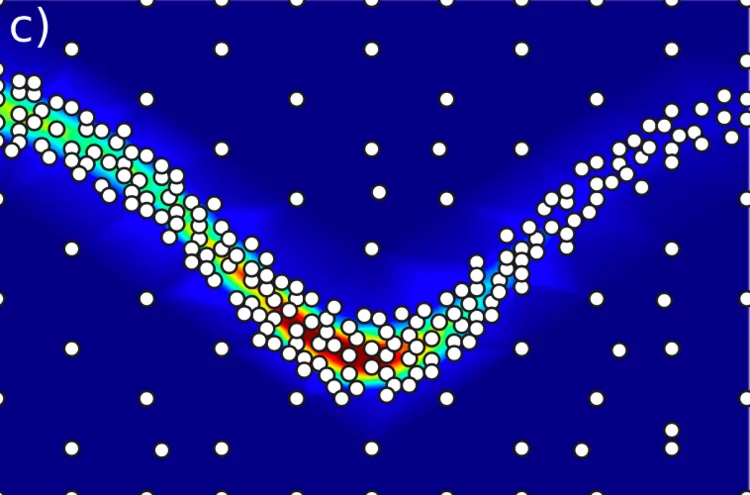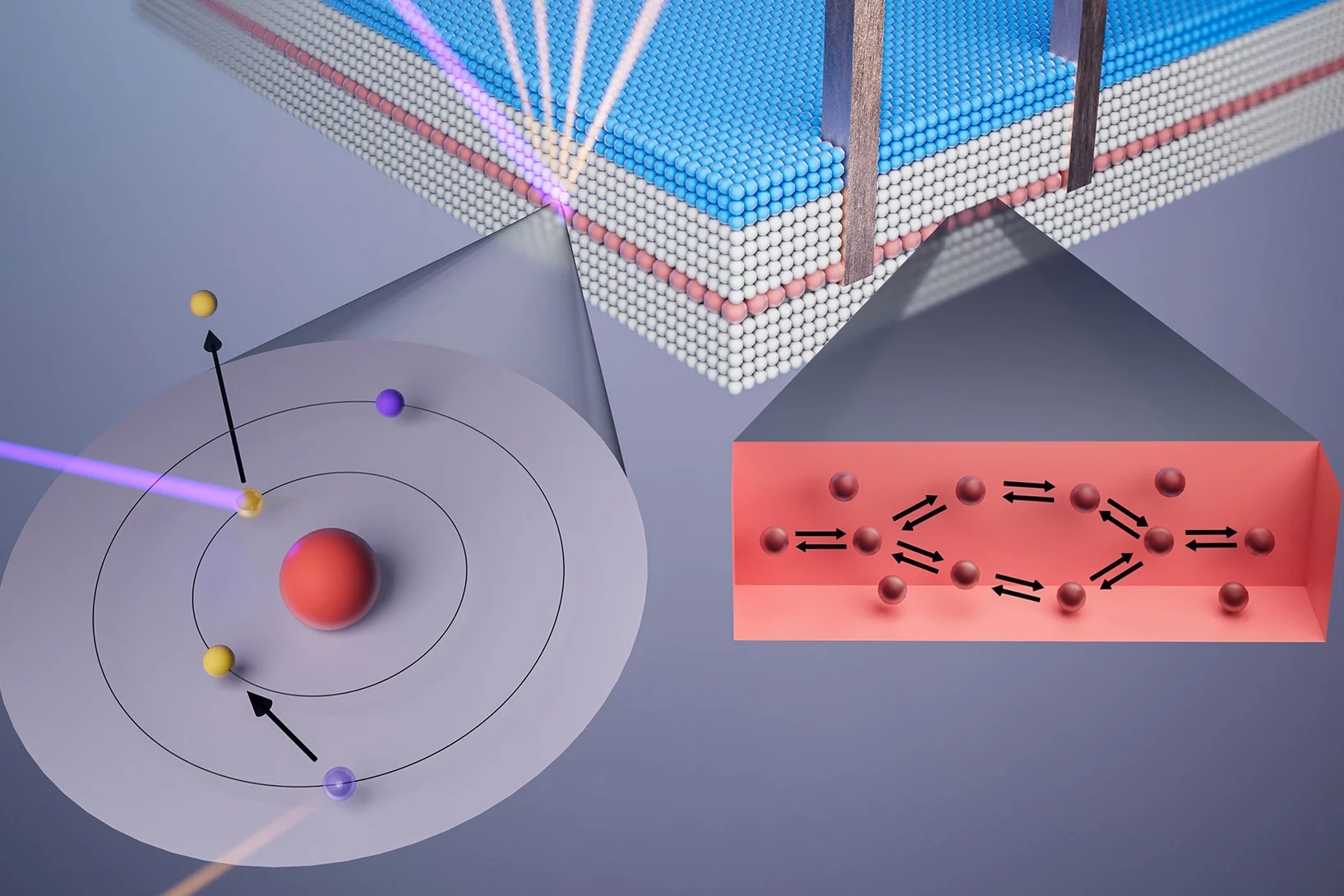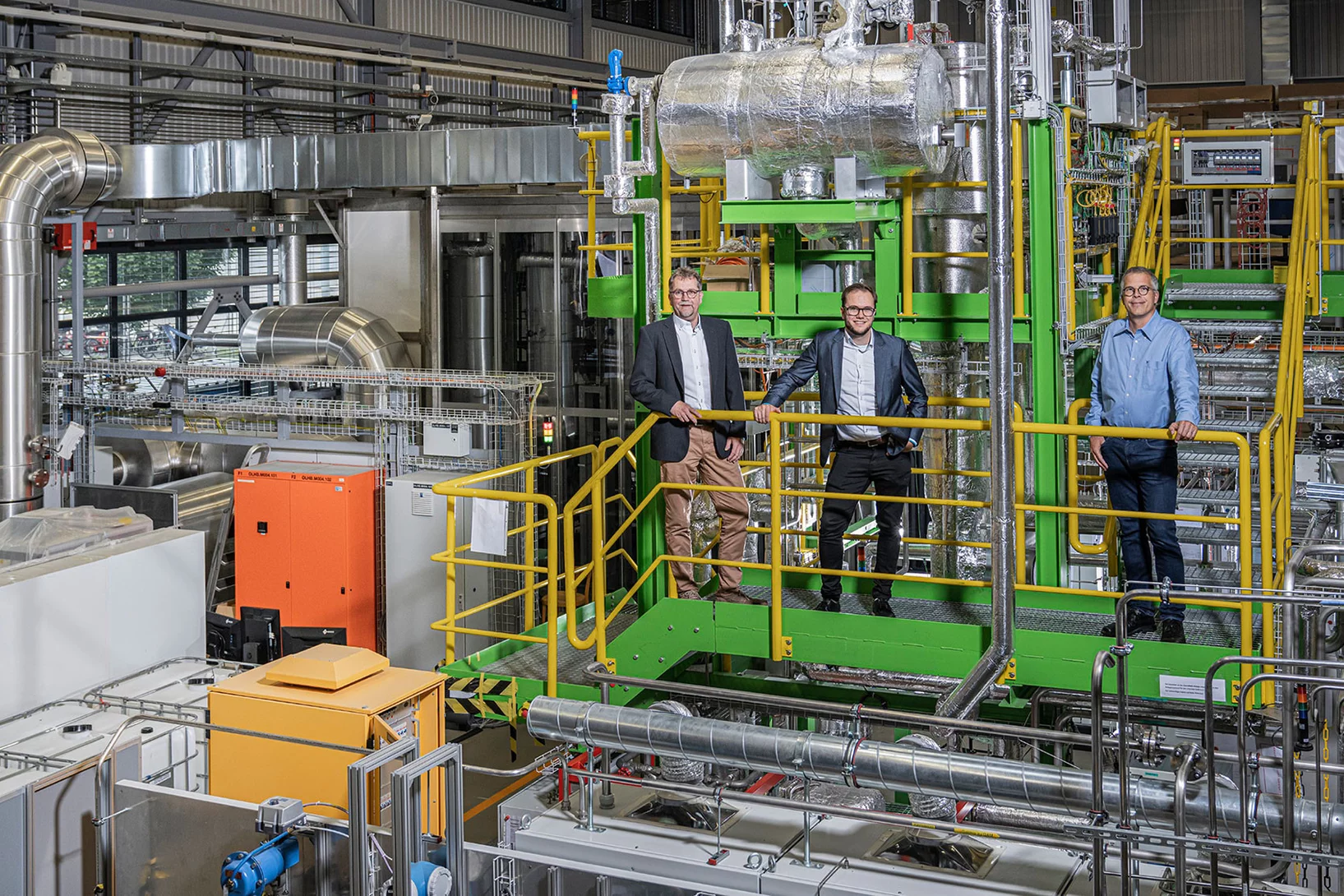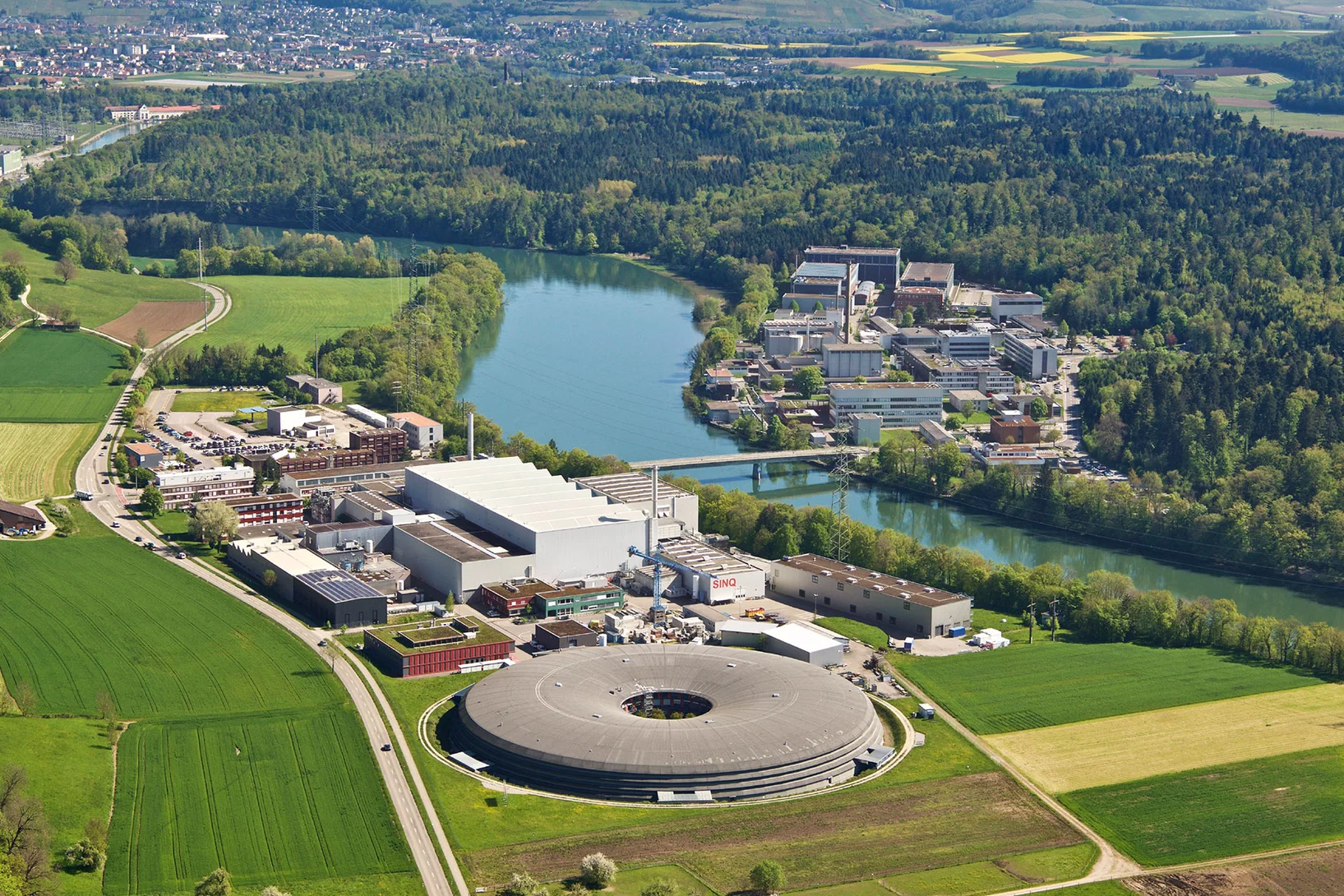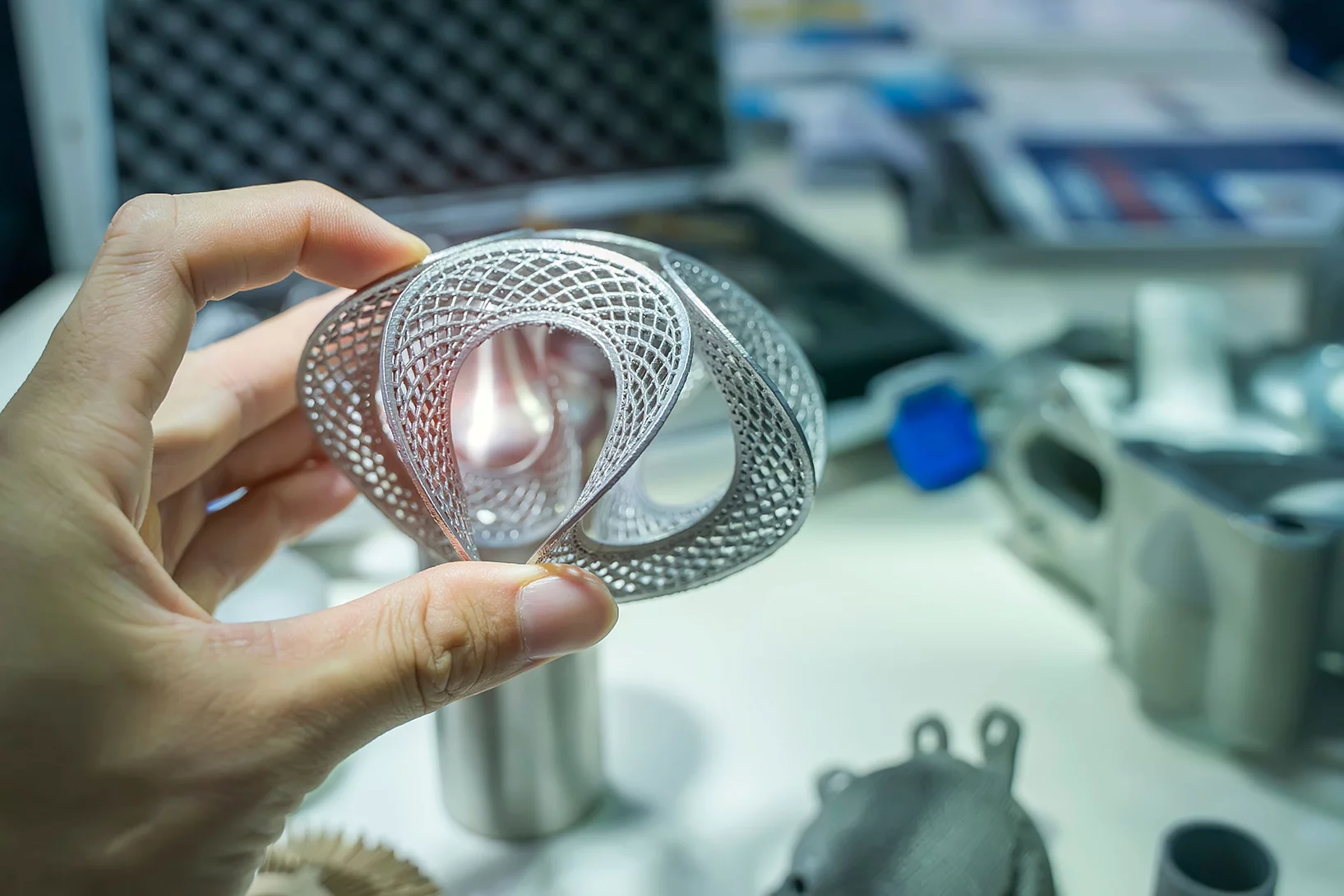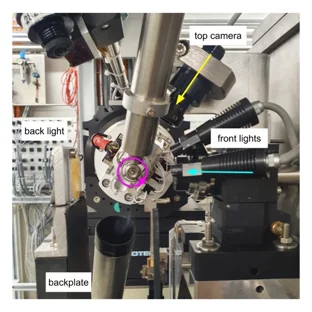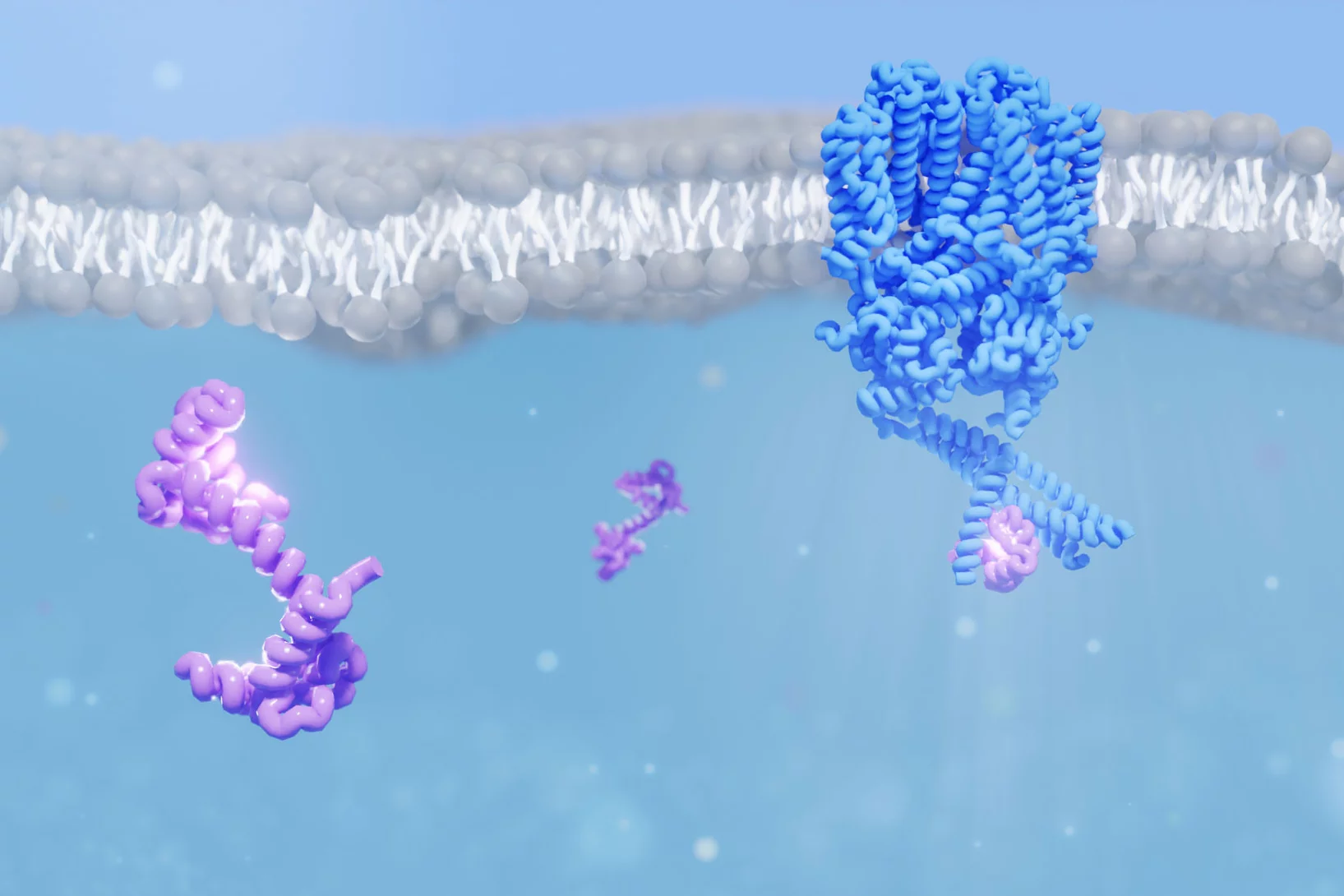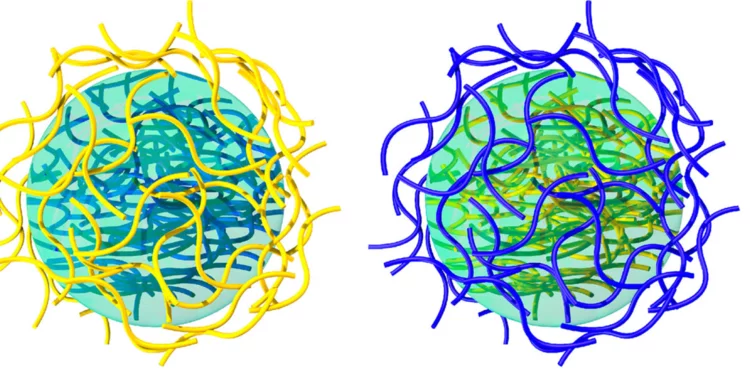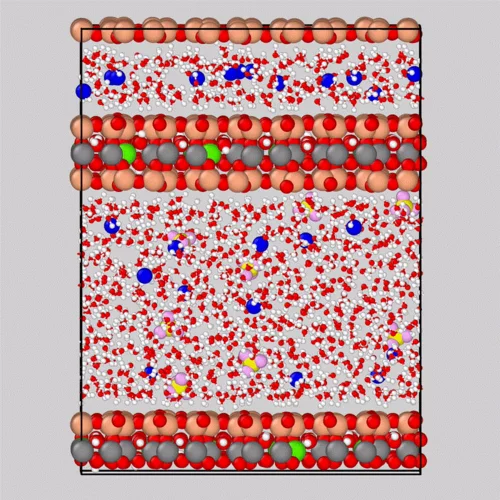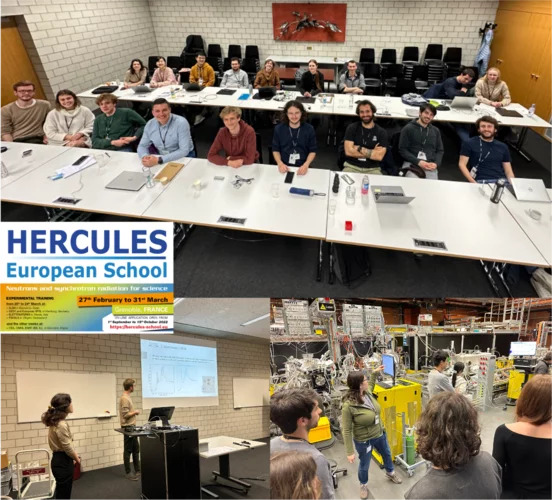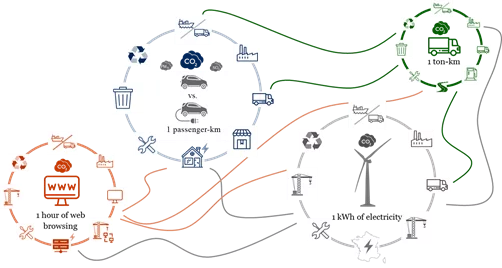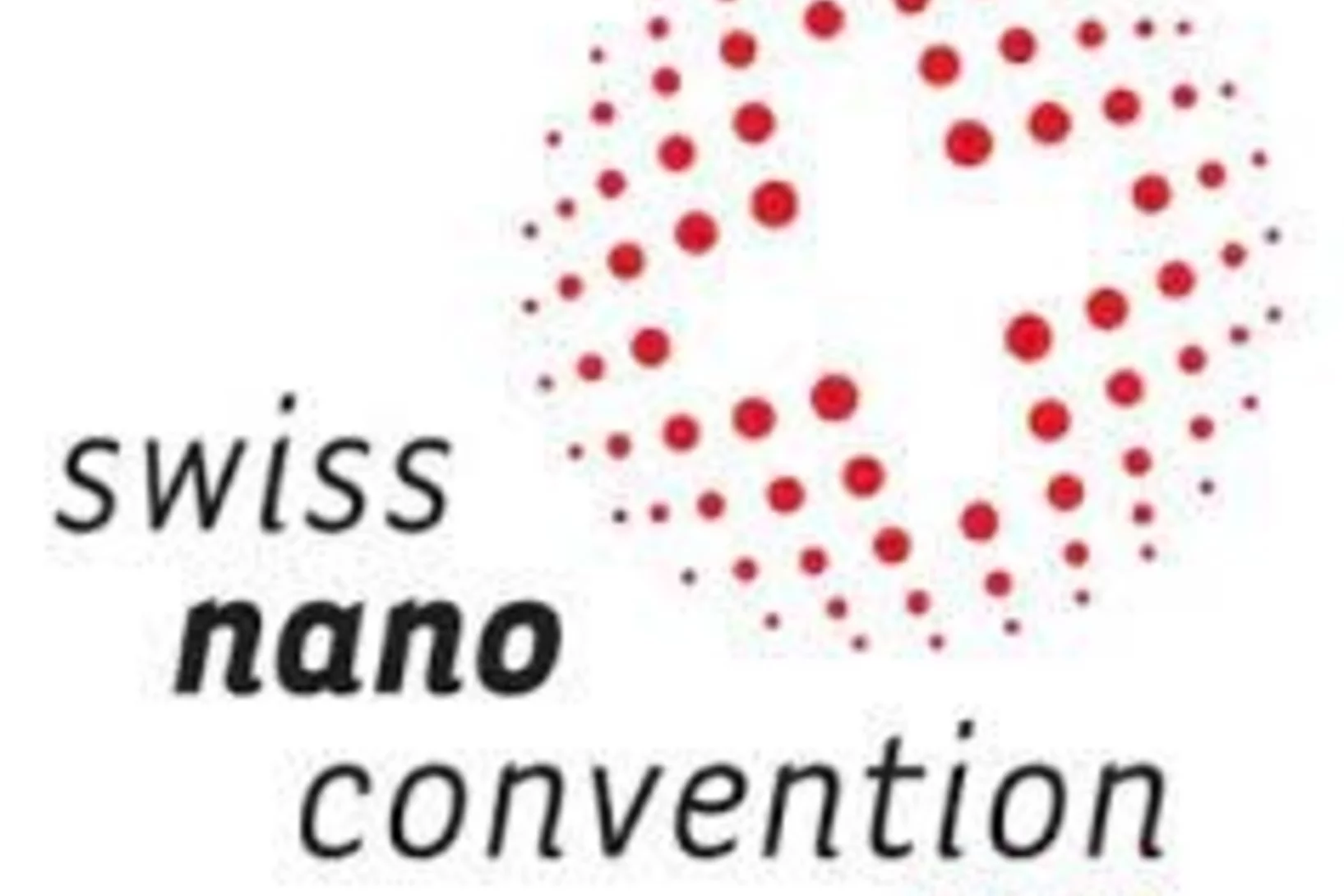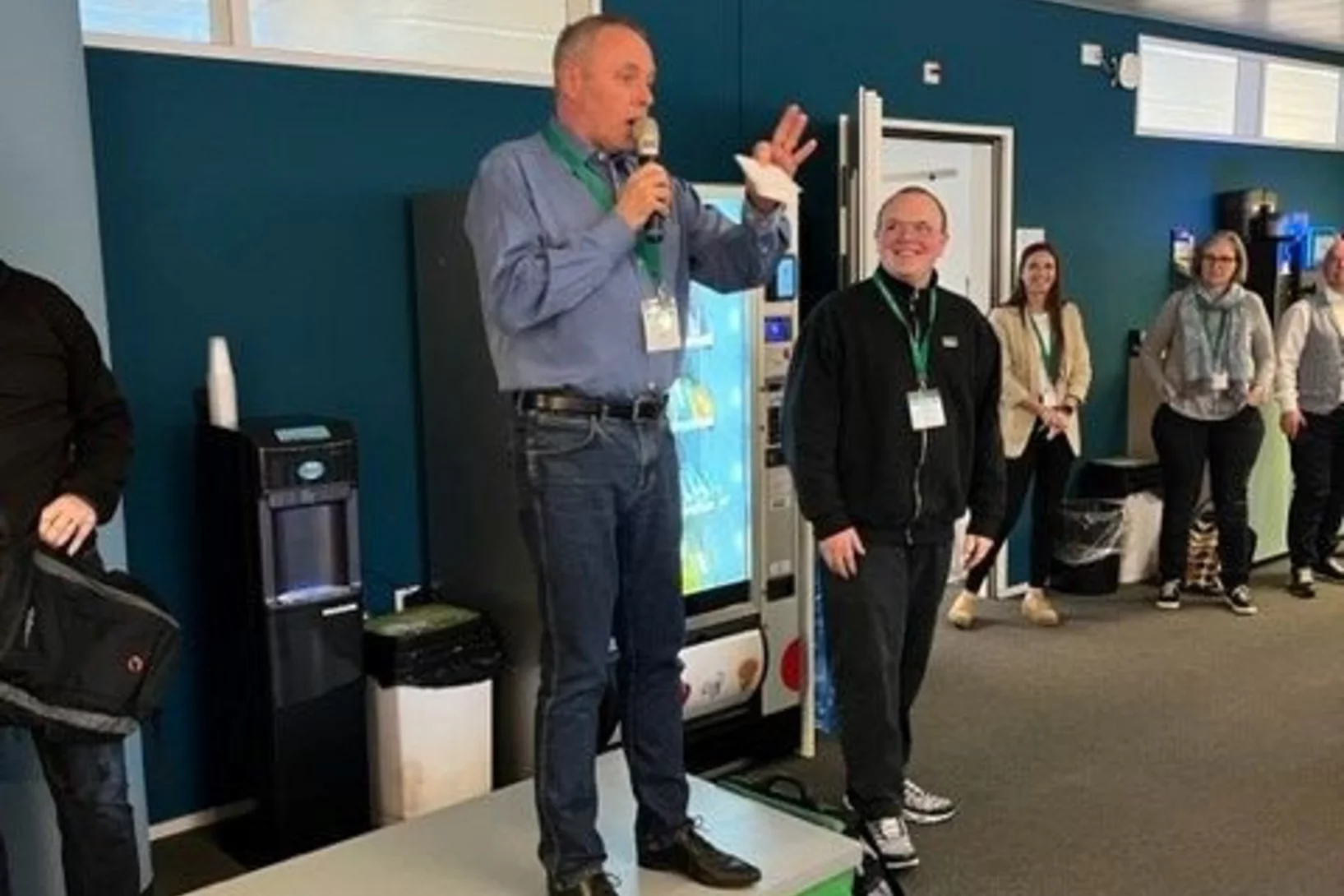Abkehr von der Kernenergie, Ausbau von Solar- und Windkraft, Energiegewinnung aus Biomasse, Senkung des Energieverbrauchs. Bis 2050 soll die Schweiz klimaneutral werden. Ein ehrgeiziges Ziel, welches durch die zunehmend herausfordernde geopolitische Lage dringlicher denn je geworden ist. Wie lässt sich in den nächsten Jahren eine nachhaltige und widerstandsfähige Energieversorgung für die Schweiz aufbauen? Wie können erneuerbare Energien optimal genutzt werden? Welche neuen Technologien sind besonders vielversprechend? Am PSI suchen Forschende nach Antworten auf diese entscheidenden Fragen.
Apochromatic X-ray focusing
A team of scientists from the Paul Scherrer Institut, the University of Basel and DESY have demonstrated the first-ever realization of apochromatic X-ray focusing using a tailored combination of a refractive lens and a Fresnel zone plate. This innovative approach enables the correction of the chromatic aberration suffered by both refractive and diffractive lenses over a wide range of X-ray energies. This groundbreaking development in X-ray optics have been just published in the scientific journal Light: Science & Applications.
Chemikalien-Inventur 2023
Dieses Jahr wurde die erste periodische Chemikalien-Inventur am PSI mit 117 beteiligten Gruppen und insgesamt 20`000 Chemikalien erfolgreich abgeschlossen.
Industrie-Anlass: «Advanced Manufacturing» - was darf Mehrwert kosten?
ANAXAM, cross-ING und inspire AG laden interessierte Industrievertreter am 29.Juni 2023 herzlich zu ihrer Informationsveranstaltung zum Thema «AM im Spannungsfeld – was darf Mehrwert kosten?» ein.
Erfolgreiche AM-Lösungen zeichnen sich dadurch aus, dass diese durch das ganze Unternehmen verstanden und mitgetragen werden. Der durch die additive Fertigung ermöglichte Zusatznutzen – der „added value“ – muss aus der Entwicklungsabteilung über das Marketing und den Verkauf bis zum Kunden transportiert und kommuniziert werden.
Berufsbildungsausflug 2023
Die Umwelt ist uns nicht egal!
The evolution of O2 on Ir-based catalysts requires the complete oxidation of their surface to Ir+5
The evolution of O2 occurring in polymer electrolyte water electrolyzer anodes is a very slow reaction that must be catalyzed using iridium (Ir-) based materials. However, Ir is an extremely scarce metal, and thus the extended commercialization of these electrolyzers will only be possible if the amount of Ir implemented in their anodes is drastically reduced. This requires an improved understanding of the individual steps through which these Ir-based materials catalyze the evolution of O2. To shed light on this matter, in this work we studied four different Ir-based catalysts under operative conditions using time resolved X-ray absorption spectroscopy. Our results show for the first time that, despite the differences between these materials, their surfaces must systematically be completely oxidized to a +5 state in order for the evolution of O2 to proceed on them.
GDW-Cup Polymechanikerinnen und Polymechaniker
Polymechanikerinnen und Polymechaniker auf die Probe gestellt.
Informationsveranstaltung zu Karriereförderungsprogramme
Willst du dich über Karriereförderungsprogramme wie das CONNECT für Wissenschaftlerinnen an Schweizer Universitäten informieren? Dann nimm an der hybriden Infoveranstaltung am 31. Mai 2023 teil!
Meilenstein - QV-Praktische Arbeit
«Aus alt mach neu», das sind die schönen Seiten in unserem Beruf in der Gebäudereinigung.
Nodeless electron pairing in CsV3Sb5-derived kagome superconductors
The newly discovered kagome superconductors represent a promising platform for investigating the interplay between band topology, electronic order and lattice geometry. Despite extensive research efforts on this system, the nature of the superconducting ground state remains elusive. In particular, consensus on the electron pairing symmetry has not been achieved so far, in part owing to the lack of a momentum-resolved measurement of the superconducting gap structure. Here we report ...
Ultrafast structural changes direct the first molecular events of vision
The visual pigment rhodopsin plays a critical role in the process of low-light vision in vertebrates. It is present in the disk membranes of rod cells in the retina and is responsible for transforming the absorption of light into a physiological signal. Rhodopsin has a unique structure that consists of seven transmembrane (TM) α-helices with an 11-cis retinal chromophore covalently bound to the Lysine sidechain of 7th TM helix. A negatively charged amino acid (glutamate) forms a salt bridge with the protonated Schiff base (PSB) of the chromophore to stabilize the receptor in the resting state.
Rhodopsin transforms the absorption of light into a physiological signal through conformational changes that activate the intracellular G protein transducin—a member of the Gi/o/t family—initiating a signaling cascade, resulting in electrical impulses sent to the brain and ultimately leading to visual perception. Although previous studies have provided valuable insights into the mechanism of signal transduction in rhodopsin, methods that provide both a high spatial and temporal resolution are necessary to fully understand the activation mechanism at the atomic scale from femtoseconds to milliseconds. This study presents the first experimentally-derived picture of the rhodopsin activation mechanism at the atomic scale using time-resolved serial femtosecond crystallography in association with hybrid quantum mechanics/molecular mechanics (QM/MM) simulations. The results show that light-induced structural changes in rhodopsin occur on a timescale of hundreds of femtoseconds, and they reveal new details about the conformational changes that occur during activation.
Quantum disordered ground state in the triangular-lattice magnet NaRuO2
It has long been hoped that spin liquid states might be observed in materials that realize the triangular-lattice Hubbard model. However, weak spin–orbit coupling and other small perturbations often induce conventional spin freezing or magnetic ordering. Sufficiently strong spin–orbit coupling, however, can renormalize the electronic wavefunction and induce anisotropic exchange interactions that promote magnetic frustration.
When electrons dress up in light
Light – the Fifth Element of Materials Science?
Holz: Ein Joker für die Energiewende
Die Rolle des Naturstoffs für die Versorgungssicherheit in der Schweiz
Active learning-assisted neutron spectroscopy with log-Gaussian processes
Neutron scattering experiments at three-axes spectrometers (TAS) investigate magnetic and lattice excitations by measuring intensity distributions to understand the origins of materials properties. The high demand and limited availability of beam time for TAS experiments however raise the natural question whether we can improve their efficiency and make better use of the experimenter’s time.
Quality control of future transistors: Tackling the challenge of looking at atoms buried in silicon without moving them
Tackling the challenge of looking at atoms buried in silicon without moving them
Methan als Energiespeicher
Forschende des PSI und des Start-ups AlphaSYNT arbeiten zusammen an einer Lösung, wie effizient Energie gespeichert werden kann.
Immer am Puls der Zeit
Zum 35. Geburtstag des Paul Scherrer Instituts PSI präsentieren wir Ihnen zwei Bildgalerien.
X-rays make 3D metal printing more predictable
Insights into the microscopic details of 3D printing from the Swiss Light Source SLS could propel the technology toward wider application
Muss ich wieder bei Null anfangen wenn ich aus der Wissenschaft weggehe?
‘Wenn ich in die Industrie oder öffentliche Verwaltung wechsle, muss ich dann wieder von vorne anfangen?’ ist eine Frage, die in der Karriereberatung in der ein oder anderen Form immer wieder auftaucht. Es ist klar, dass du nachdem du so viel Zeit in deine Ausbildung und dein Forschungsprojekt investiert hast, nicht nochmal bei Null anfangen willst. Aber ist es wirklich so, dass du wieder von vorne anfängst nach einem Karrierewechsel? Und was ist so schlecht an einem Neustart?
SDU: Software for high throughput automated data collection at SLS MX
The Smart Digital User (SDU) software for unattended data collection has been deployed at the macromolecular crystallography beamlines at the Swiss Light Source.
Röntgenblick nach Herztransplantationen
Synchrotronlicht hilft dabei, nach einer Herztransplantation zu beurteilen, ob und wie stark der Körper das neue Organ abstösst.
Jupiter-Mission soll lebensfreundliche Bedingungen erkunden
Ganymed, Kallisto und Europa: Das sind Jupiters eisige Monde und das Reiseziel der kommenden ESA-Mission. Mit an Bord: ein Hightech-Detektor vom PSI.
Calcium sensor helps us to see the stars
New insight into how the protein calmodulin interacts with an ion channel in the eye could explain how our eyes achieve remarkable sensitivity to dim light.
Amyloid-polysaccharide interfacial coacervates as therapeutic materials
Coacervation via liquid-liquid phase separation provides an excellent oppor- tunity to address the challenges of designing nanostructured biomaterials with multiple functionalities. Protein-polysaccharide coacervates, in particular, offer an appealing strategy to target biomaterial scaffolds, but these systems suffer from the low mechanical and chemical stabilities of protein-based condensates. Here we overcome these limitations by transforming native proteins into amyloid fibrils and demonstrate ...
Mobility of Dissolved Gases in Smectite under Saturated Conditions
Mobility of water, sodium and gas molecules within a smectite nanopore
Various gases are produced by metal corrosion and organic material degradation in deep gelological repository for nuclear waste. To ensure repository safety, it's important to demonstrate that gases can be dissipated by diffusion in host rocks and prevent pressure buildup in repository near field. Smectite mineral particles form a pore network that is usually saturated with water, making gas diffusion the primary transport mechanism. Molecular simulations have shown that the diffusion of gases through the pore network depends on various factors, including pore size and temperature. For instance, smaller pores and lower temperatures tend to reduce gas diffusion. Interestingly, hydrogen and helium have been found to diffuse faster than argon, carbon dioxide, and methane, possibly due to interactions with the clay surface and water molecules. Ultimately, the diffusion coefficients for different gases and pore sizes can be predicted using an empirical relationship, which is useful for macroscopic simulations of gas transport.
The Hercules School visits PSI
20 international students visited PSI as part of the renowned Hercules School to learn about our state-of-the-art techniques and methodologies at our large scale facilities.
Latest Version of "Mobiltool" Released
How do you get from A to B in the most environmentally friendly way? This question can now be answered quite easily with the latest version of the "mobitool". Read the article to learn more.
Foto-Künstlerin Elina Giuliana
Fotografie bedeutet, in die Welt einzutauchen, wo Einzigartigkeit im Mittelpunkt steht.
PSI und Park Innovaare an der diesjährigen Swiss Nano Convention!
Am 15. & 16. Juni 2023 findet die Swiss NanoConvention in Neuchâtel statt. Die Plattform bietet die Möglichkeit, sich mit wichtigen Akteuren aus Wissenschaft und Industrie auszutauschen, zu diskutieren und sich zu vernetzen.
Das PSI ist mit dabei – besuchen Sie uns an unserem gemeinsamen Stand mit dem Park Innovaare, dem Innovationspark in direkter Nähe zum PSI. Erfahren Sie mehr darüber, wie wir Industrie und KMU bei Ihren technischen Herausforderungen und Innovationsprozessen unterstützen können. In Verbindung mit den Möglichkeiten modernster Materialanalytik können wir Ihnen helfen, sowohl Ihre Produkte als auch Ihre Fertigungsprozesse zu verbessern.
Auch XRnanotech, eines unserer jüngsten Spin-offs, wird am Stand anzutreffen sein.
Zu den Hauptthemen der Konferenz gehören Nano for Medtec, Biowissenschaften, Optik, Quantencomputing und Bildgebung. Das zweitägige Programm bietet Plenarvorträge, thematische Sitzungen, Diskussionsplattformen und reichlich Gelegenheit für ausführliche und informelle Kontakte. Außerdem sind eine Postersitzung und eine Ausstellung geplant.
Besuchen Sie uns am Stand Nr. 26 – wir freuen uns!
Detaillierte Informationen zum Event finden Sie unter:
https://swissnanoconvention.ch/2023/
Berufsbildungs-Event Olten 2023
Die Reise nach Olten hat sich gelohnt!

